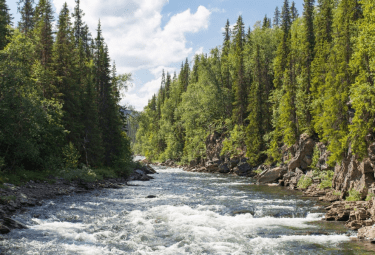Innovation to Impact. See you at the July ESIP Meeting.
Guest Blog: Two Waves of Global W”o”rming
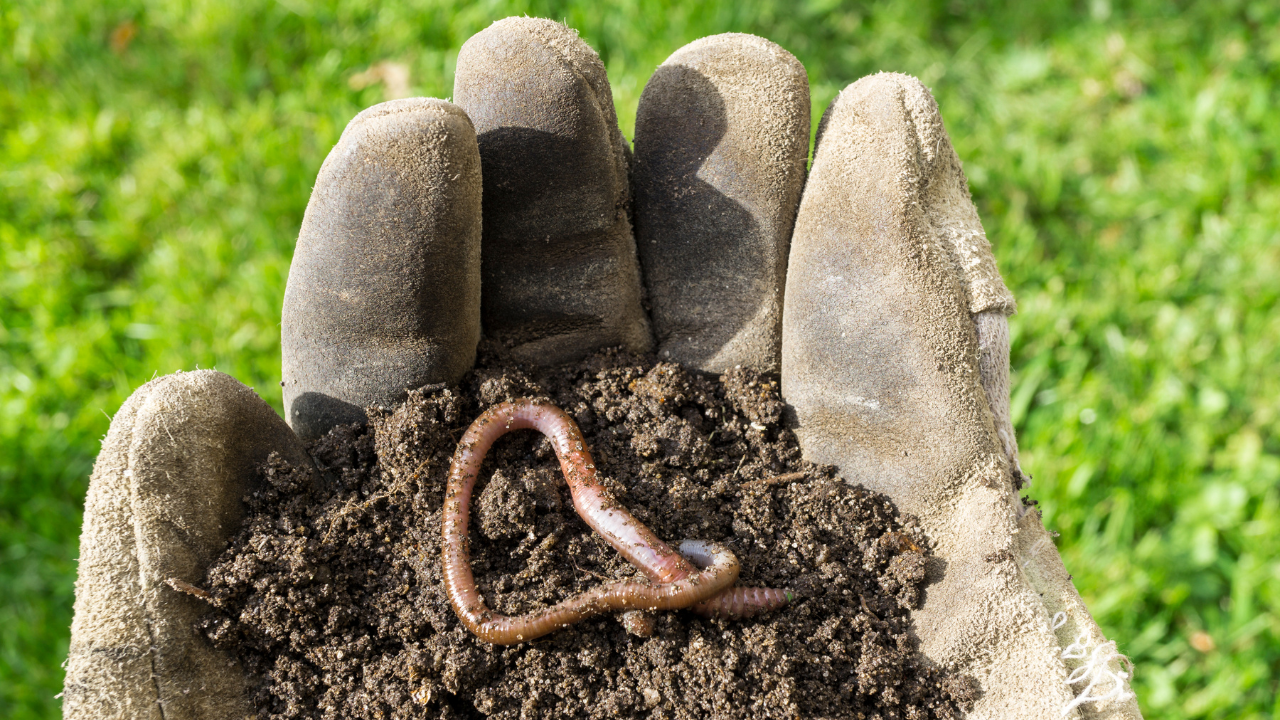
Earthworm invasions change the structure of the soil, which in turn affects plants, animals, and whole ecosystems. Coupled with climate change, these invasions could rewrite the ground level of northern latitudes.
Kyungsoo Yoo is a pedologist who studies earthworm impacts on soils and was a 2022 Ignite@AGU speaker, co-hosted by NASA’s Earth Science Division and Earth Science Information Partners (ESIP). In his guest blog, Yoo builds off his Ignite@AGU talk and digs a little deeper into the invasions spreading beneath our feet.
People love earthworms. So do I – they are fascinating creatures. Where abundant, they are often major consumers of photosynthesized plant biomass. At the same time, they are critical ecosystem engineers and they shape the structure of soils. Who can't love these humble creatures doing mighty work? Imagine, for a moment, a world without them. I'm sure you can't. Chances are you've never seen one.
But this does not mean they're everywhere. Until recently, much of North America – including the Great Lakes region, New England, Alaska, and most of Canada – was devoid of earthworms. Let me ask you, do you live in these regions? Do you have earthworms? Beware. These are exotic European earthworms. They are invasive.
Earthworm History
The pre-Holocene glaciers wiped out the native earthworms. As the climate warmed, the ice melted, then forests and prairies took over the newly created lands. Earthworms, moving only 5-10 meters per year, could not keep up, so the vast ecosystems of the high latitudes evolved in the absence of earthworms.
The world order that had kept the formerly glaciated forests free of earthworms had only recently been discarded. Expanding imperial colonization, global trade and transportation, farming, gardening, logging, road building, housing developments, recreational hiking and fishing, and other human activities have helped spread exotic earthworms worldwide. It was as if we were empowering worms to take over the world.
Aren’t Earthworms Good for the Planet?
Shouldn't that be a blessing? After all, earthworms are our heroes. They appear in every photo of healthy, fertile soil, happily held in the hands of proud farmers. Won't they be greening the far north and saving us from the rapid release of carbon dioxide and methane emissions in the warmer high latitudes?
I find the opposite to be true.
I often say, “What works for farms doesn't necessarily work for forests.” Similarly, what works for unglaciated forests doesn't necessarily work for formerly glaciated biomes. With cold temperatures and a lack of active decomposers, a thick layer of dead organic matter and roots has long accumulated on the ground of boreal forests and tundra, waiting to be consumed by newly arriving earthworms. With the arrival of exotic earthworms, the soil loses carbon and what remains is tightly bound to minerals. Earthworms are mixers. Some earthworms digest grains of sand and use them to grind the food they ingest. Other earthworms literally eat their way through; as they eat what they find, burrows open up for them. Unmixed soils become mixed soils: Minerals and organic matter swirl together to form hard aggregates. While earthworms create less carbon-rich soils, they also create new forms of soil organic matter.
In Minnesota, where I live, I can walk into the woods blindfolded and still know the edge of an earthworm invasion. You don't have to be a soil scientist to do that. The soft, cushiony organic forest floor gives way to hard, exposed mineral soil. The invasion front is conspicuous, visible, and palpable. Accompany a plant ecologist and she will notice an equally drastic reduction in understory biomass and biodiversity. As the litter layer is consumed, the dominance of the microbial world shifts from fungi to bacteria. The otherwise aerobic soil now has two anaerobic sites: tightly bound soil aggregates and earthworm guts. You cross the invasion fronts. You enter the new world!
No earthworms – Kenai region, Alaska
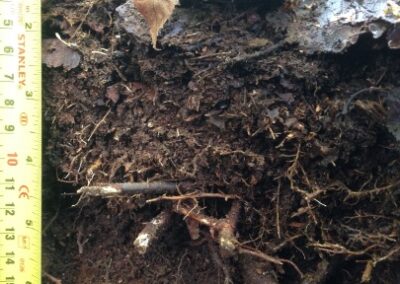
Earthworms Present – Kenai region, Alaska
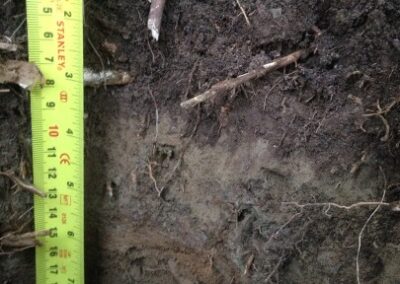
Pre-Invasion – Central Minnesota
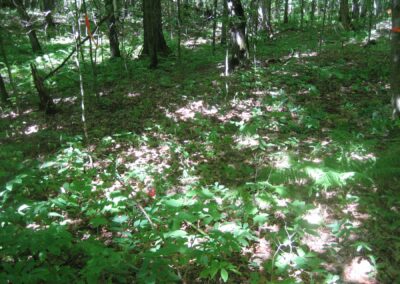
Post-Invasion – Central Minnesota
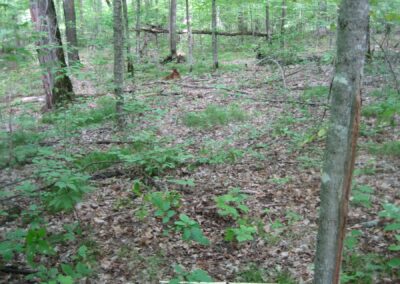
A New Wave of W”o”rming
Earthworm-free forests are becoming a legend in Minnesota.
I searched hard for earthworm-free forests, but the seemingly simple task turned out to be a challenging goal. My research site, a 200-meter earthworm invasion transect in Chippewa National Forest, merged with other invasion fronts in 2016. Invasive earthworms are radiating outward from many epicenters of introduction. Rings of invading fronts are merging with others, wiping out the last remaining earthworm-free forests.
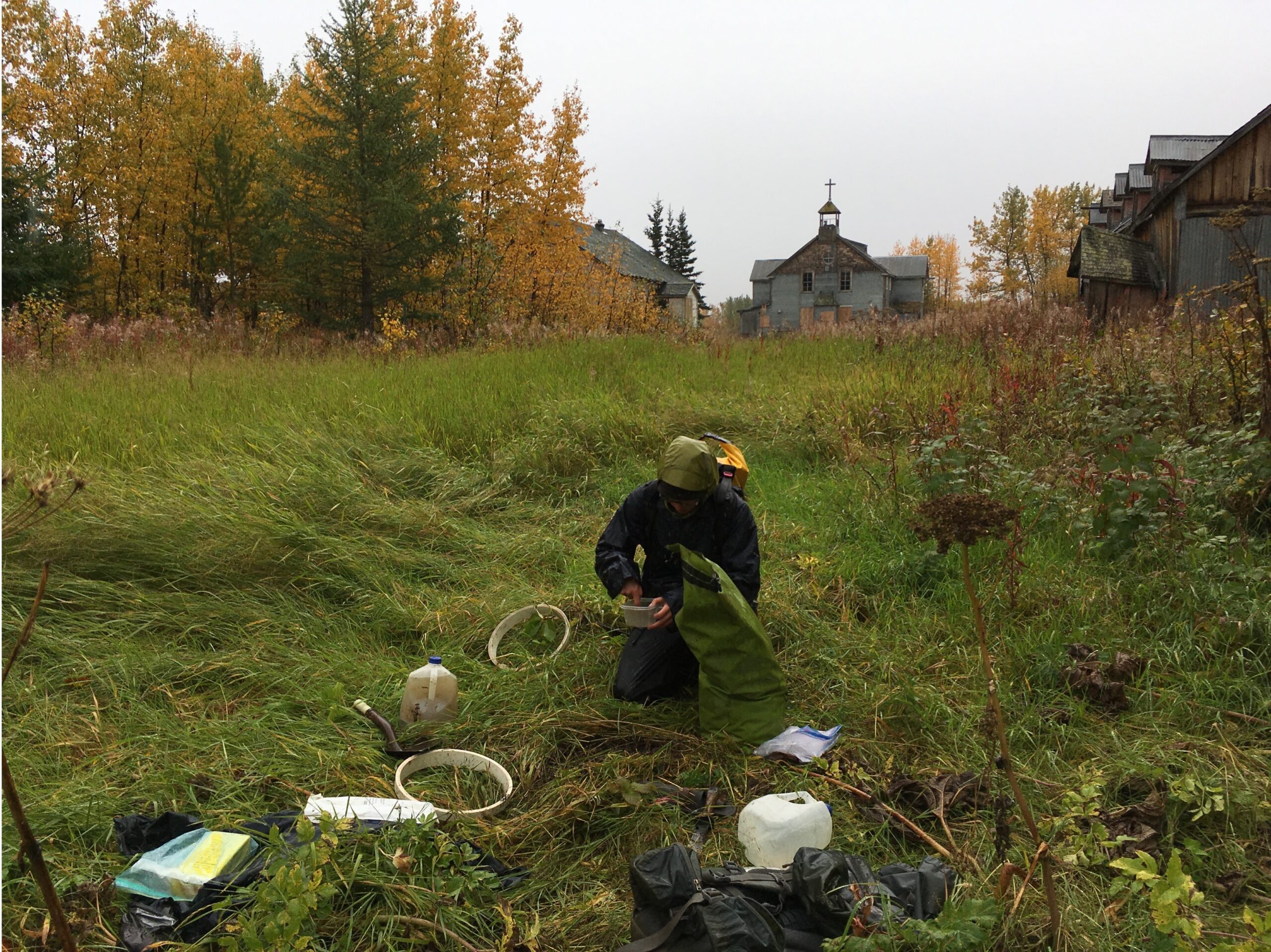
Then, a new invasion wave. This time it is jumping worms from East Asia. Oddly enough, they do what they don't do back home. Jumping worms create entirely new soils out of European earthworm-infested soils. Once infested with jumping worms, the topsoil gets a structure like loose cat litter or coffee grounds. If this is a slope, you will find the soil too unstable and slippery to walk. Of course, the close contact between the roots and the soil will become loose as well.
Is Minnesota Alaska’s Future?
In the deciduous forests surrounding the cities of southwest Alaska, European earthworms are already expanding. Interestingly, it is what humans do that determines the species of earthworms that are present.
Forests around inland lakes are being invaded by nightcrawlers (Lumbricus terrestris). These are popular fishing baits that can be purchased at the local Walmart. In contrast, coastal forests where cabins are common were invaded by Lumbricus rubellus, a species commonly found in potting soil, mulch, and nursery pots. Whether people fish or garden matters. Unfortunately, both earthworm species are powerful ecosystem engineers: They can transform soils in a matter of years.
While conducting an earthworm survey with my students in Interior Alaska, I met gardeners and farmers who had long tried to populate their soils with earthworms. Not many of them were successful because of the cold climate. However, climate warming will eventually tip the balance and make it easier for them to succeed. Rising food prices and demand for local agricultural products are encouraging more gardening and composting efforts.
One-click on Amazon.com brings invasive earthworms to Interior Alaska. As more people seek recreation in remote areas, their boots and fishing lures may be harboring invasive earthworms. Alaska is already on track to follow the Minnesota earthworm invasion story. Whether that will continue with jumping worms remains to be seen.
ESIP brings together collaborators
ESIP supports virtual and in-person collaborations for cross-domain data professionals on common data challenges and opportunities. Alongside our partner organizations, we create space for Earth science data professionals to connect.
Learn more and join an ESIP Collaboration Area.
The Future of Earthworm-Free High Latitude Biomes
Although not well known, scientists estimate that there are approximately 7,000 species of earthworms on Earth. Within this species diversity are the diverse ways in which they reproduce.
For example, Amynthas agrestis, a species of jumping worm, copies itself. Dendrobaena octaedra, a common invasive European earthworm, also reproduces this way. A single individual can be responsible for the invasion of an entire forest over a period of years.
Life history is another matter. The adult earthworm and its cocoon are two completely different animals. While juveniles and adults have a limited range of suitable climates, cocoons – as small as 1-2 millimeters in size – can withstand hostile environments and wait for the perfect moment to emerge.
How can we continue to marvel at their remarkable biology while at the same time keeping the biomes of the high latitudes free of them? This is a pressing question. We have already lost in the contiguous United States to invasive European earthworms. In Alaska and with jumping worms, can we be more successful this time?
I am both pessimistic and optimistic. On the one hand, I am humbled by the biology, diversity, and life history of earthworms. This leads me to fear that earthworms will outsmart our efforts to prevent their spread. On the other hand, we are the ones who are giving them a ride. The earthworms are taking advantage of us and the key to the problem is our behavior.
Many researchers, gardeners, recreational fishermen, and government and citizen organizations are beginning to share the same concerns about invasive earthworms and are trying to respond to them. They give me hope that the future invasion of earthworms into high-latitude biomes can be contained through the combined efforts of research, education, and better policies.
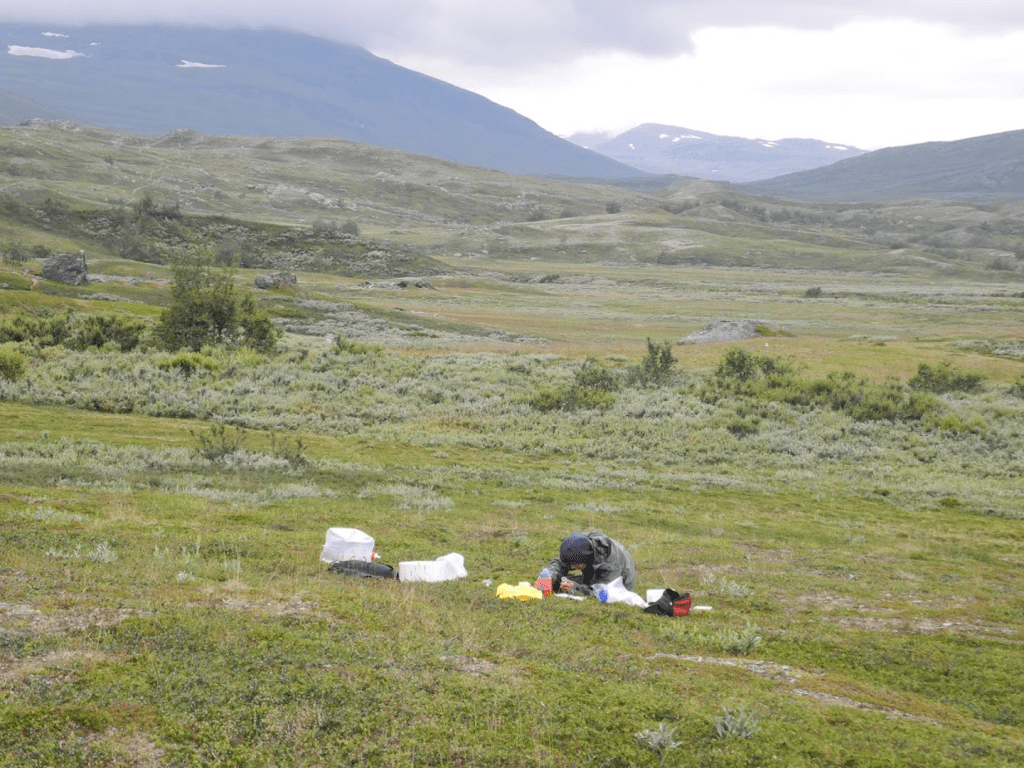
This blog was written by Kyungsoo Yoo, with edits from Allison Mills and Annie Burgess. The video was filmed in December 2022 during the Ignite@AGU event at the Adler Planetarium.
ESIP stands for Earth Science Information Partners, a community of partner organizations and volunteers. We work together to meet environmental data challenges and look for opportunities to expand, improve, and innovate across Earth science disciplines.
Learn more esipfed.org/get-involved and sign up for the weekly ESIP Update for #EarthScienceData events, funding, webinars and ESIP announcements.


